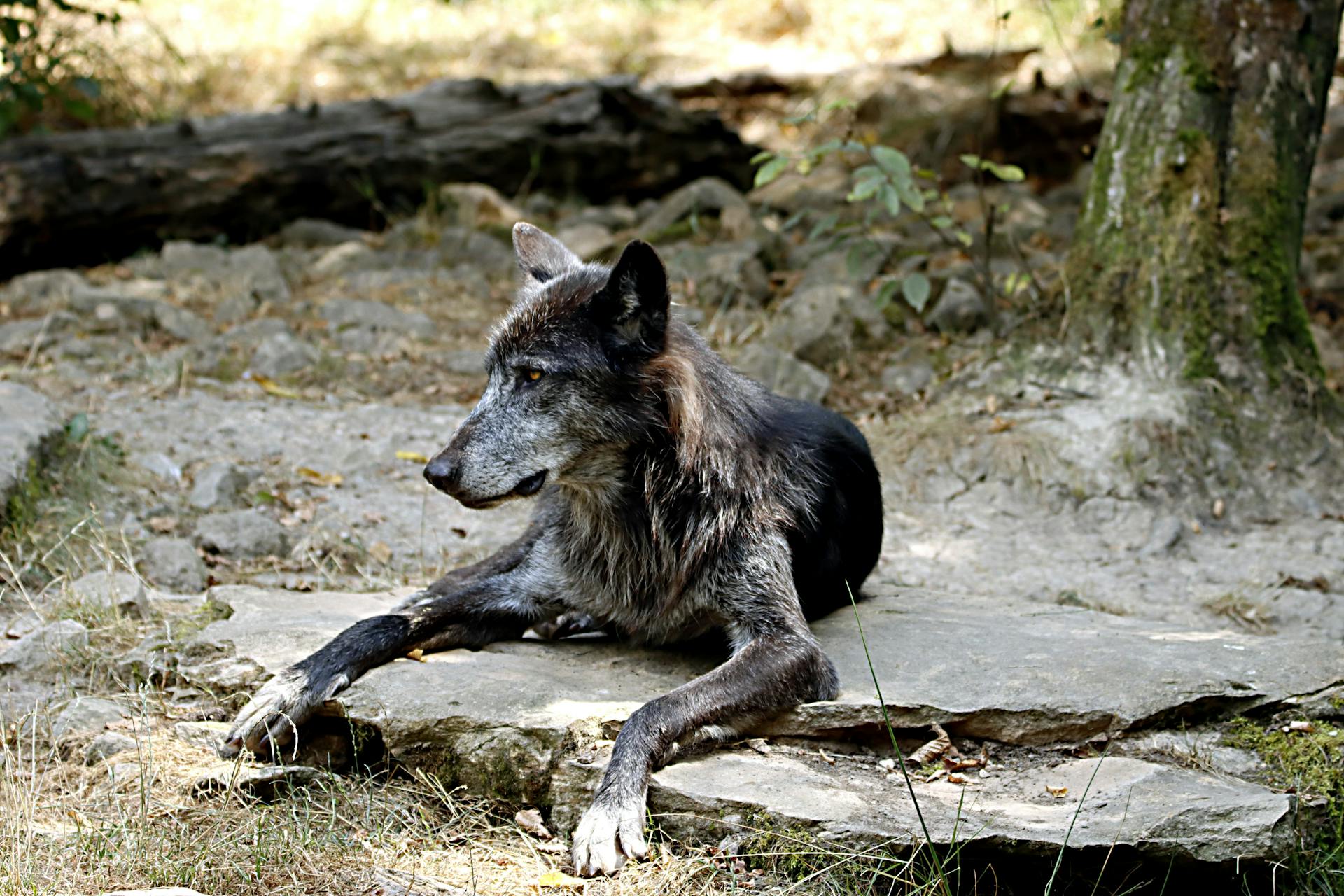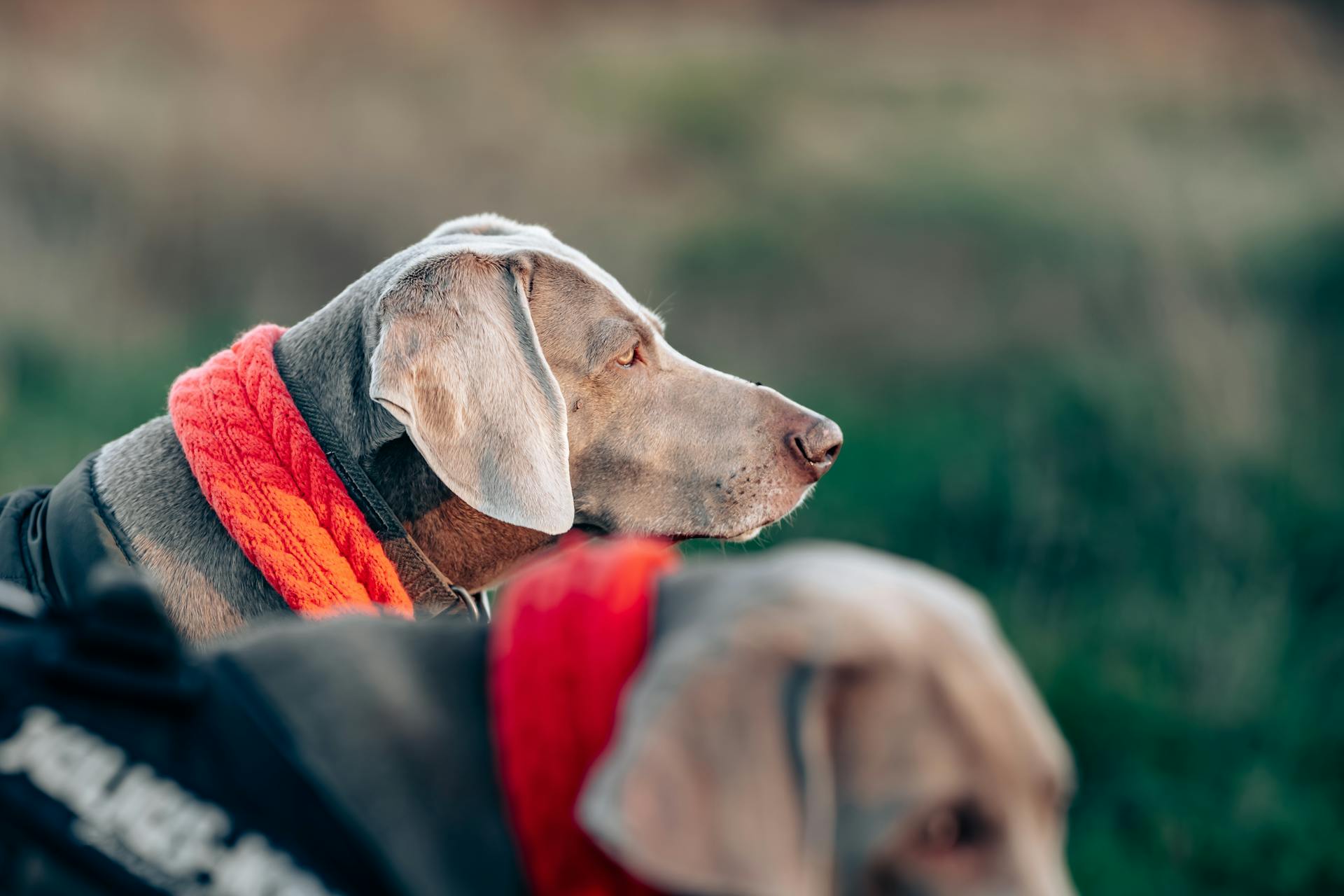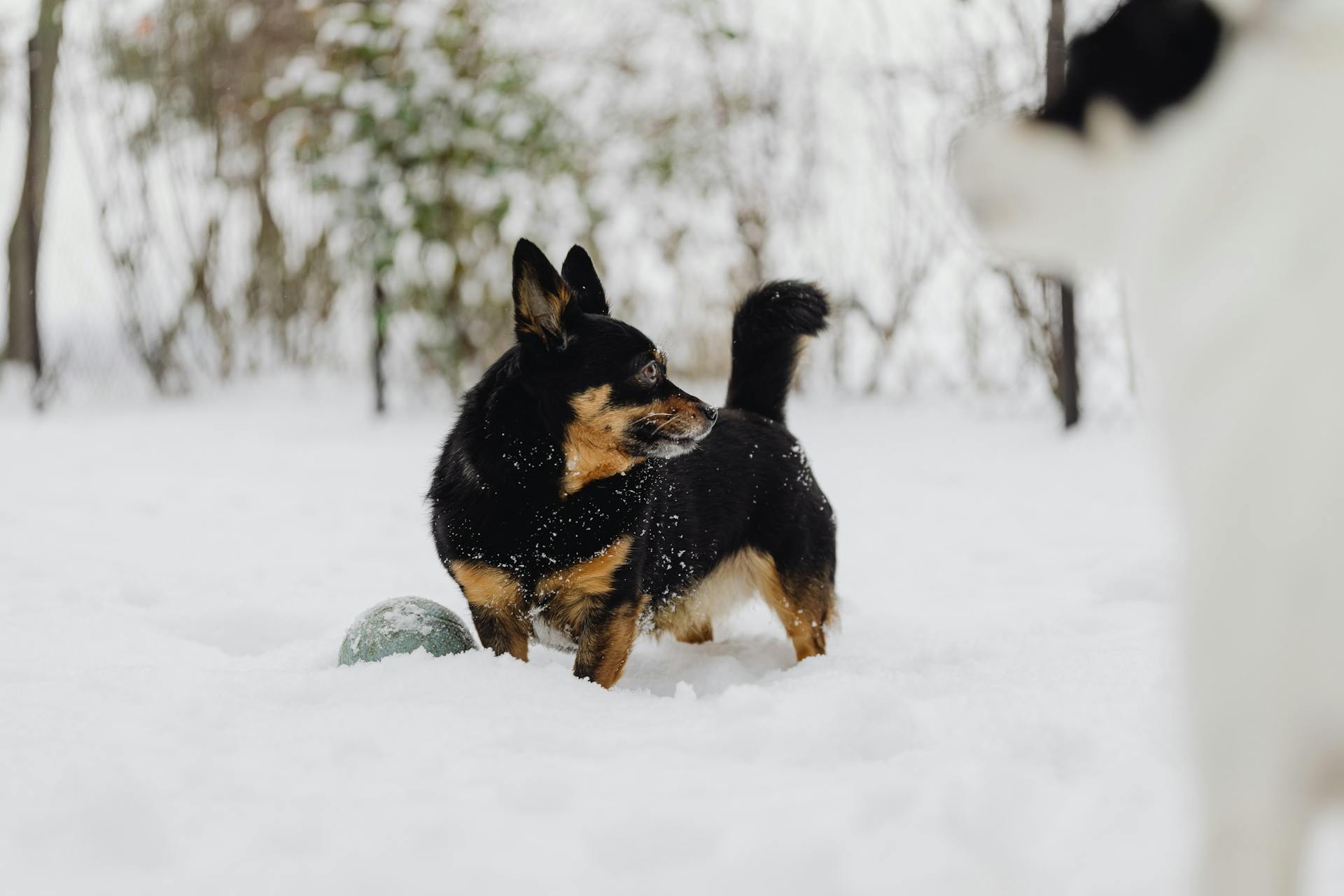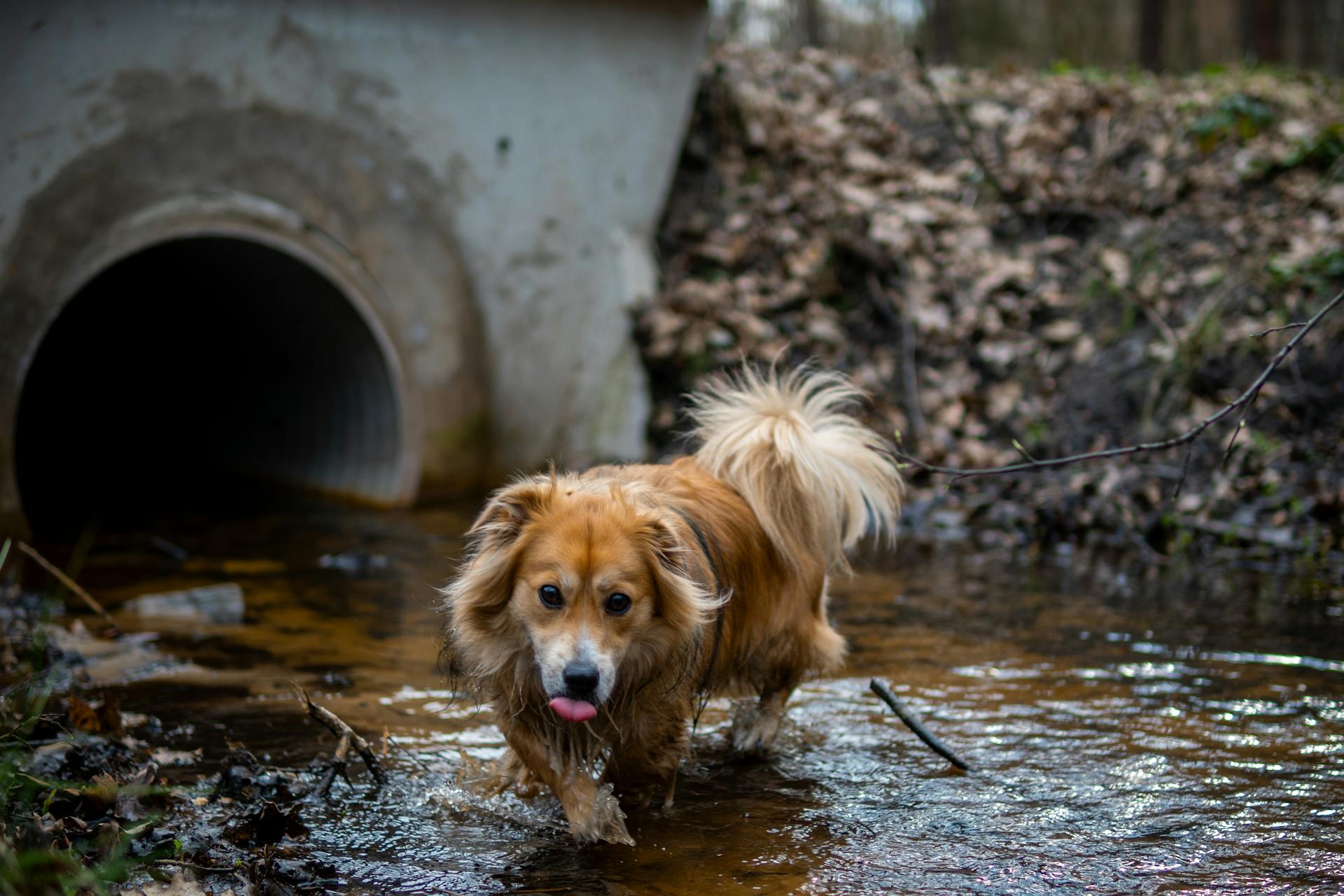
Italian Greyhounds make wonderful pets for the right owner. They are a small, delicate breed that requires regular exercise to stay happy and healthy.
Italian Greyhounds are sensitive dogs that thrive on attention and affection from their owners. They are known to form strong bonds with their family members.
Italian Greyhounds are relatively low-maintenance pets when it comes to grooming, but they do require regular nail trimming to prevent overgrowth. They are also prone to eye problems, so regular check-ups with the vet are a must.
Italian Greyhounds are generally quiet dogs and don't require a lot of space to run around, making them a great choice for city dwellers.
Animal Care
Italian Greyhounds are a great breed for busy homes, combining just the right amount of activity with laziness and a compact body. They make terrific family dogs, but it's essential to consider their gentle nature and avoid smaller, rambunctious children.
Their short, fine hair requires minimal grooming, but their slender bodies and lack of insulation make them sensitive to cold temperatures. Be sure to have plenty of dog sweaters and coats on hand to keep them warm.
As with any dog, prep work is crucial for their overall health care. This includes ear cleaning, nail trimming, anal glands, and proper dental hygiene. Regular ear cleaning and nail trimming are especially important to prevent discomfort and health issues.
Italian Greyhounds are prone to dental problems, so it's essential to brush their teeth at least three times a week. Regular brushing will help prevent serious issues and keep their teeth healthy.
To keep your Italian Greyhound happy and healthy, establish a routine that includes regular exercise, a balanced diet, and regular veterinary check-ups. Be sure to sign up for pet health insurance to cover medical costs throughout their life.
Here are some essential care tips to keep your Italian Greyhound thriving:
- Supervise your pet as you would a toddler, keeping doors closed and blocking off rooms as necessary.
- Brush their coat weekly, or as needed.
- Clean their ears weekly, even as a puppy.
- Provide daily walks and frequent play sessions, especially in apartment living.
- Keep their diet consistent and avoid giving them people food.
- Feed a high-quality diet appropriate for their age.
- Exercise them regularly, but avoid overdoing it at first.
Health Issues
Italian Greyhounds are generally a healthy breed, but like all dogs, they can be prone to certain health issues. They typically live to be 14-15 years old.
One inherited condition that affects Italian Greyhounds is Progressive Retinal Atrophy, a degenerative eye disease that can cause blindness. This condition can be detected with genetic testing.
Italian Greyhounds are also prone to musculoskeletal problems, including patellar luxation, where the kneecap slips out of place, and dysplasia, which causes the joints to develop improperly. These conditions can be diagnosed and treated to prevent pain and suffering.
Here are some common health issues that affect Italian Greyhounds:
Dental disease and obesity are also common health problems in Italian Greyhounds, and can be prevented with regular brushing, proper diet, and regular vet checkups.
Nutritional Tips
For Italian Greyhounds with joint issues, glucosamine and chondroitin supplements can be a big help in keeping their joints healthy.
Providing good nutrition through a well-balanced diet is crucial for maintaining healthy skin and coat.
Glucosamine and chondroitin supplements can also aid in protecting joint health, making them a great addition to your Italian Greyhound's diet.
A well-balanced diet, vitamins, and healthy treats are all essential for overall health in Italian Greyhounds.
Conditions
Italian Greyhounds are generally healthy dogs, but like all breeds, they can be prone to certain health issues. They typically live to be 14-15 years old, but some inherited conditions can be detected with genetic testing.
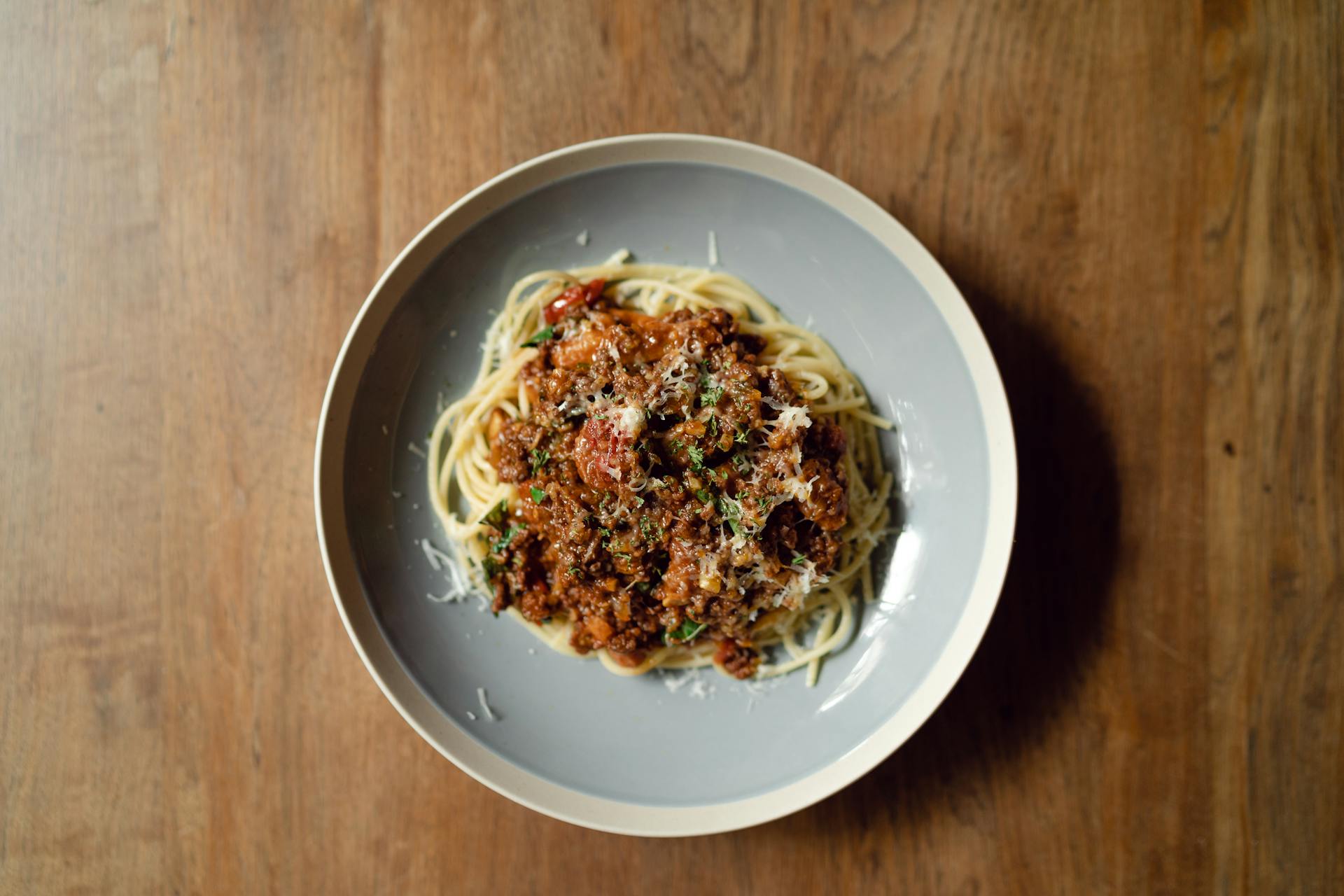
One common health issue in Italian Greyhounds is dental disease. Frequent manual brushing, proper diet, and regular vet checkups can help prevent it.
Obesity can also be a significant health problem for Italian Greyhounds, particularly those that are not active or are overfed.
Italian Greyhounds are predisposed to several health issues, including Von Willebrand's disease, luxating patella, and Legg-Calve-Perthes disease. These conditions can cause symptoms such as bruising, abnormal bleeding, lameness, and pain.
Here are some specific health issues to be aware of:
- Von Willebrand's disease: an inherited bleeding disorder that can cause bruising and abnormal bleeding
- Luxating patella: a condition where the kneecap slips out of place, causing lameness and pain
- Legg-Calve-Perthes disease: a degenerative hip condition that can cause pain and lameness in one or both rear legs
It's essential to work with a reputable breeder who conducts DNA testing to screen for these conditions. Regular veterinary checkups and a healthy lifestyle can also help prevent or manage these health issues.
Breed Information
The Italian Greyhound is an ancient breed that originated over 2,000 years ago in the Mediterranean during the time of the Roman Empire.
They are a popular companion dog that is known for their friendly personality and deep affection toward family members. Italian Greyhounds are often depicted in artwork from the Renaissance era, showcasing their status as a beloved breed.
Here's a brief overview of the breed's characteristics:
- Fawn, blue, red, black, sable, seal, white and black, cream
- 7–14 pounds
- Affectionate, gentle, intelligent, quiet
Italian Greyhounds are a great choice for apartment dwellers, seniors, families, and first-time dog owners due to their adaptable nature and low exercise needs.
Breed Overview
The Italian Greyhound is a beloved breed that's perfect for many types of owners. They are suitable for apartment dwellers, seniors, families, and first-time dog owners.
One of the reasons Italian Greyhounds are so great is their small size, weighing between 7-14 pounds. This makes them a great choice for people who live in small spaces or have limited mobility.
Italian Greyhounds are known for their gentle, intelligent, and quiet nature, making them a great addition to any family. They are also very affectionate and loving, forming strong bonds with their owners.
Here are some of the key characteristics of the Italian Greyhound breed:
- Fawn, blue, red, black, sable, seal, white, and black, cream
- Affectionate, gentle, intelligent, quiet
- Medium-sized eyes, ears that fold back along the head
- Variety of colors, including gray, slate gray, red, fawn, blue, black, white, and cream
Italian Greyhounds are a unique breed with a rich history, dating back over 2,000 years to the Mediterranean region. They were originally bred as companion dogs and hunting dogs, and were later prized as a status symbol in Renaissance Italy.
Puppies
Puppies are extremely playful and curious, and can get into mischief without constant supervision.
Their small size and delicate nature means they can be easily injured and must be handled gently, especially by small children.
Early socialization and training are essential for puppies to grow into well-rounded, happy, and confident adult dogs.
This involves exposing them to a wide variety of different people, places, and other animals in a positive and gradual way to help them learn about the world around them.
Temperament and Training
Italian Greyhounds are known for their gentle and friendly personality, making them a great fit for most families, including those with children and other pets. They have moderate energy needs that can be easily met with a daily walk or outdoor playtime.
They will shut down if they receive negative feedback, so always use positive reinforcement training methods that reward good behavior. Treats, toys, patience, and consistency will give you the best results when training this breed.
Italian Greyhounds are surprisingly submissive, playful, affectionate, and kind-mannered, and they generally want to please their owner. However, they may be timid if not socialized properly, and they can be somewhat dependent on their owners.
Italian Greyhounds are intelligent dogs and relatively easy to train, but they can occasionally be stubborn and find it hard to keep focused, so consistency and patience are essential for success. They respond well to positive reinforcement and being on a routine.
Recommended read: Plott Hound Training
Personality and Temperament
Italian Greyhounds are known for their friendly and affectionate nature, making them a great fit for most families.
They are gentle and quiet, and don't usually bark too much, which is a plus for people who live in apartments or have noise restrictions.
These dogs are highly social and love to be around their family members, often following them around the house or sitting on their lap.
They are also intelligent and relatively easy to train, but can be stubborn at times, so consistency and patience are key.
Italian Greyhounds respond well to positive reinforcement and being on a routine, which makes training a breeze if you use the right approach.
They are playful and loving, but can be delicate and sensitive, so it's essential to handle them with care.
In fact, they can be unintentionally injured during boisterous play, so it's best to have calm, older children around if you have a family with kids.
Italian Greyhounds are also prone to Small Dog Syndrome if they're pampered too much, so it's crucial to establish a firm and calm pack leader role.
With proper socialization and training, however, they can thrive and become wonderful companions.
They Can Jump
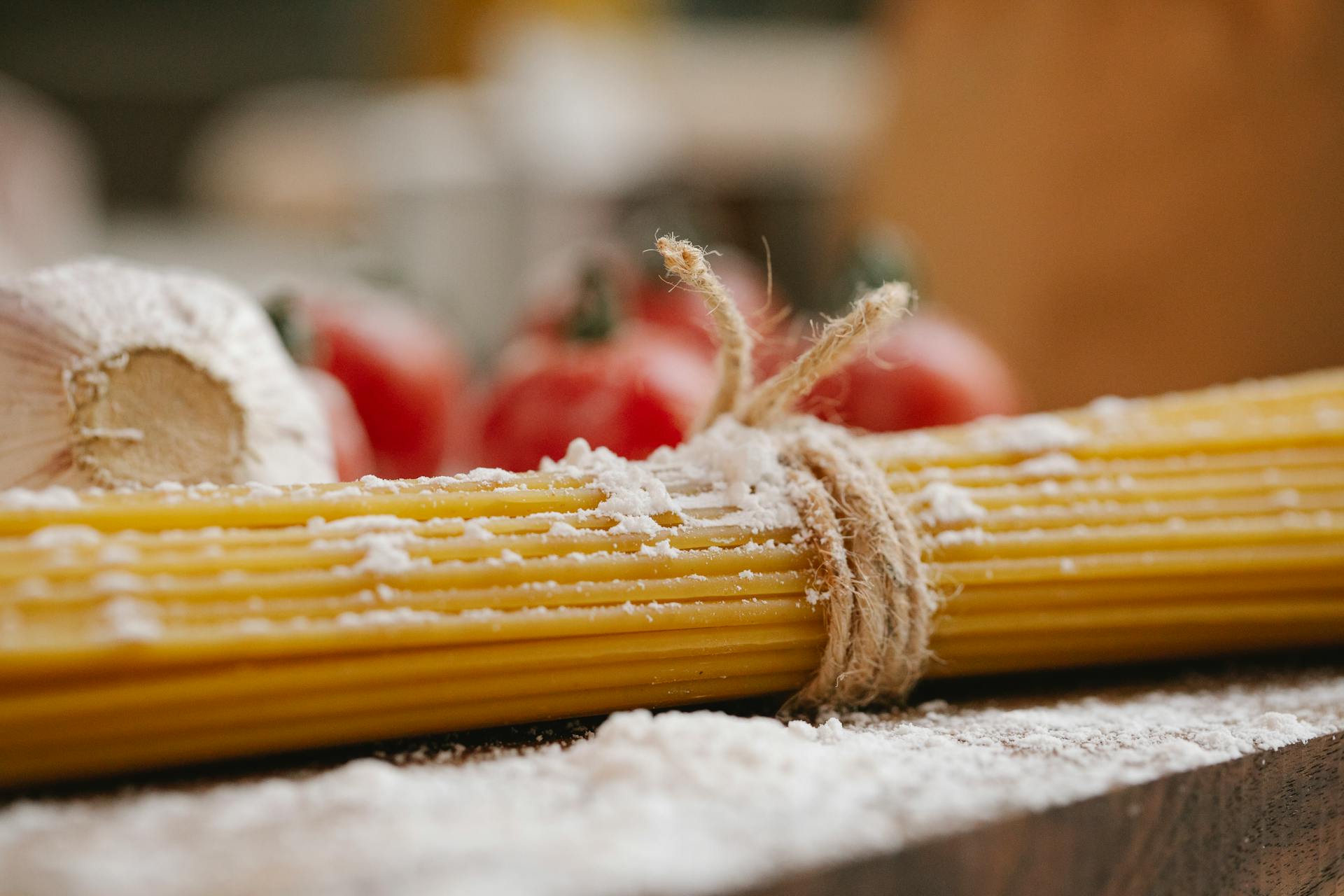
Italian Greyhounds are natural jumpers and can reach impressive speeds, but their jumping ability is just as notable. Despite their small size, they can jump with agility.
Their breeders created them for speed, but agility was also a key consideration, allowing them to jump with ease. They often enjoy dog agility, which is a testament to their athleticism.
Italian Greyhounds can reach speeds of 25-30 mph, and their jumping ability is a natural extension of this speed.
Exercise
Exercise is a crucial part of an Italian Greyhound's life. They need daily walks and plenty of playtime to stay healthy and happy.
One thing to keep in mind is that Italian Greyhounds have a strong chase instinct, so they need to be leash walked and a fenced yard is a must. This will help prevent them from running off after potential prey.
Italian Greyhounds can run fast, reaching speeds of 25-30 mph, so they need regular exercise to keep their energy levels in check.
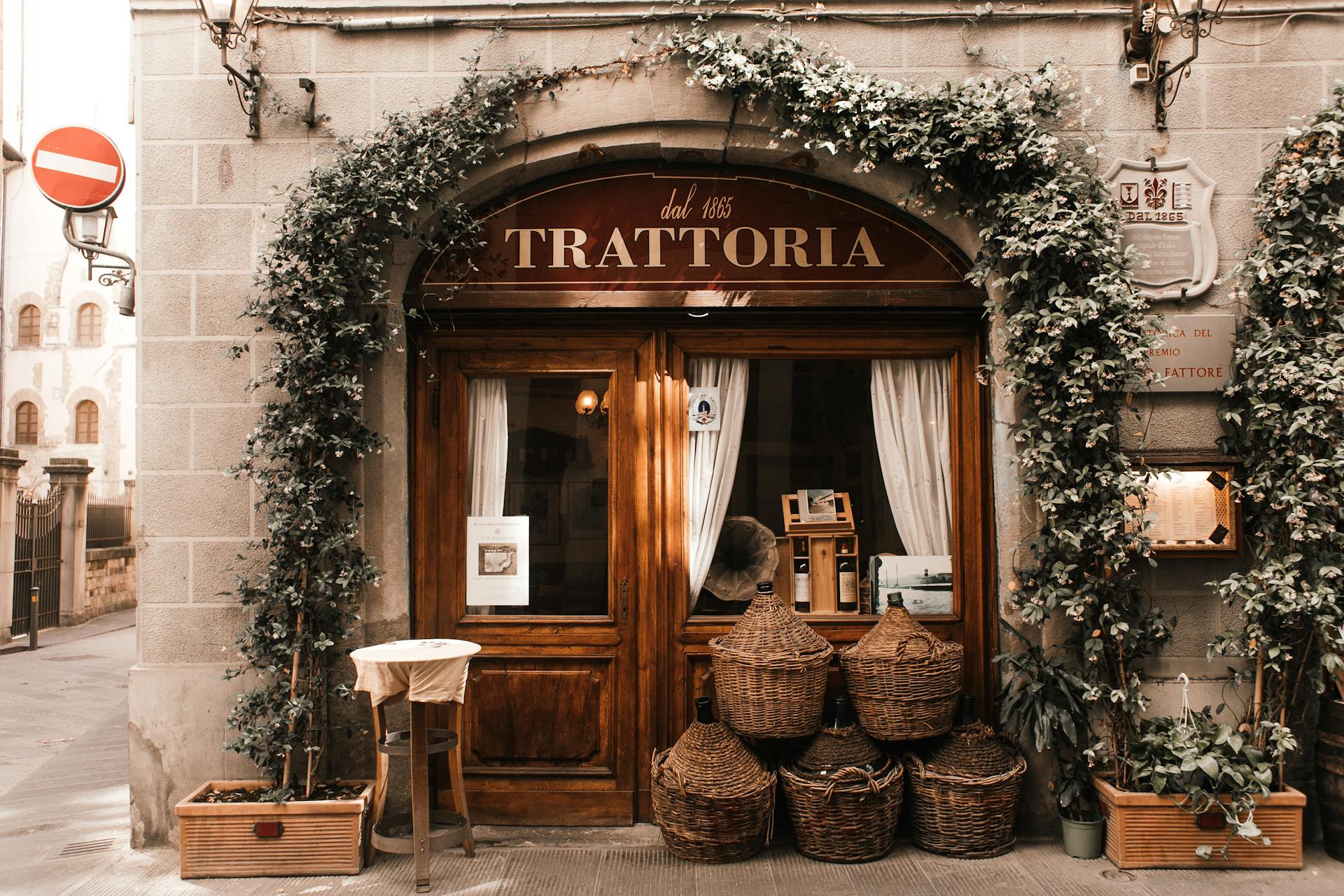
To prevent overexertion, it's best to hold multiple exercise sessions throughout the day. This will help your Italian Greyhound tire out fairly quickly, as they tend to do.
Here are some exercise tips to keep in mind:
- Daily walks are essential for your Italian Greyhound's physical and mental health.
- Provide plenty of playtime, including off-leash exercise in an enclosed area.
- Keep exercise sessions short and fun to prevent overexertion.
Remember to supervise your Italian Greyhound during exercise, especially in the beginning, to ensure their safety and prevent any potential problems.
Frequently Asked Questions
What are the cons of Italian Greyhounds?
Italian Greyhounds require extra attention and care due to their sensitive nature and strong dislike of being alone, making them a high-maintenance pet. They also demand consistent training and a dedicated owner, which can be a significant responsibility.
Are Italian Greyhounds good indoor dogs?
Italian Greyhounds are well-suited for indoor living, but they do require regular opportunities for safe exercise and playtime outside. They thrive in warm homes, making them a great fit for cozy indoor spaces.
Are Italian Greyhounds barkers?
Italian Greyhounds are known to bark rather than yap, alerting their owners to potential strangers. They are vocal dogs that will let you know when someone is approaching.
Do Italian Greyhounds like to cuddle?
Italian Greyhounds are known for their affectionate nature and love to cuddle, often seeking constant physical contact with their owners. They thrive on attention and affection, making them ideal companions for those who enjoy snuggles and close relationships.
Sources
- https://www.petmd.com/dog/breeds/italian-greyhound
- https://espree.com/BreedProfiler/italian-greyhound-grooming-bathing-and-care
- https://wagwalking.com/breed/italian-greyhound
- https://tillmanscornervet.com/client-resources/breed-info/italian-greyhound/
- https://www.dogster.com/dog-breeds/italian-greyhound
Featured Images: pexels.com
